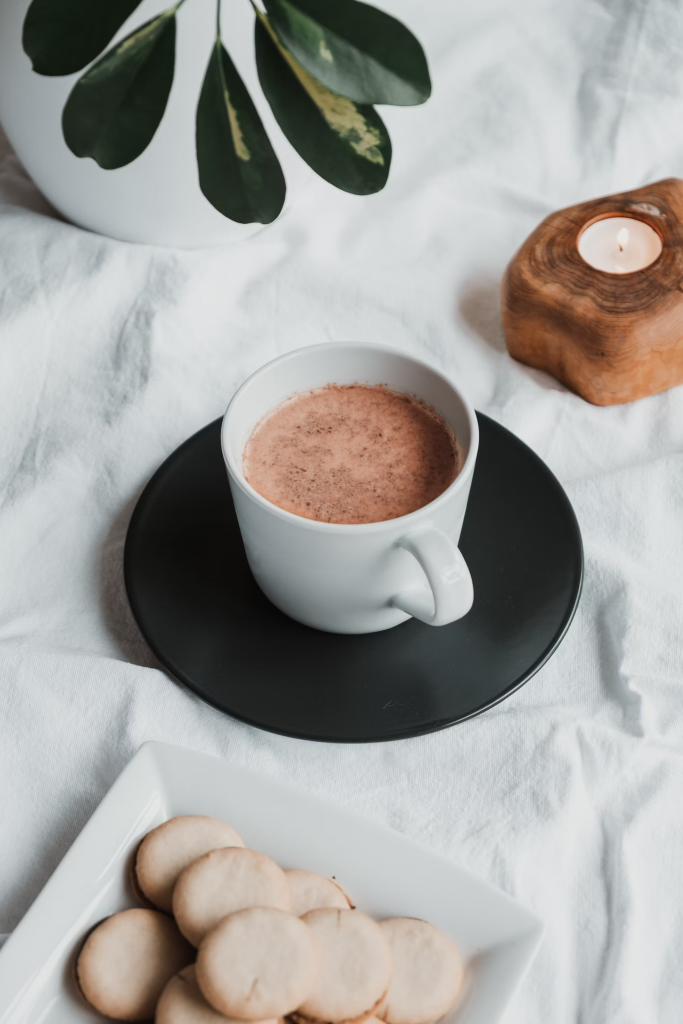The art of plastering has been around for a long time, and it has always been an important part of building and decorating structures.
Plasterers, who use their precise equipment to turn rough walls into smooth, polished surfaces, are the unsung heroes of the building industry.

The skill of plastering has played a significant role in moulding the visual attractiveness and structural soundness of structures across the globe, from prehistoric times to the present day.
We explore the many facets of plasterers’ work in both old and new construction projects, delving into the importance of their skill in the process.
With each stroke of the trowel, plasterers show their skill and creativity while making a lasting impact on the built world, whether it’s supporting structures or enriching interior design.
Come celebrate the plasterers with us as we learn about their significance in the construction industry and the value they add.
Why Are Plasterers Important?
Plasterers are important for several reasons:
- Surface Preparation: Before applying paint or wallpaper, walls often need to be smoothed and prepared. Plasterers are skilled in preparing surfaces, ensuring they are level, smooth, and free from imperfections. This preparatory work is essential for achieving a flawless finish in interior design.
- Structural Integrity: Plastering doesn’t just serve an aesthetic purpose; it also contributes to the structural integrity of buildings. Plaster provides a protective layer that helps to strengthen walls, offering resistance against wear and tear, as well as providing some insulation and fire resistance.
- Aesthetic Appeal: Plastering can dramatically enhance the visual appeal of a building. Whether through decorative moulding, textured finishes, or simply providing a clean and polished surface, plasterers have the skills to transform mundane walls into works of art, adding character and charm to any space.
- Repair and Restoration: Plasterers are also instrumental in the repair and restoration of historical buildings or those damaged by wear, weather, or accidents. Their expertise in matching existing plaster textures and patterns ensures that repairs seamlessly blend in with the original architecture, preserving the historical and architectural integrity of the structure.
- Waterproofing and Moisture Control: Properly applied plaster can help to waterproof walls and control moisture levels within a building. This is particularly important in areas prone to dampness or humidity, where moisture control is essential for maintaining a healthy indoor environment and preventing damage to the building’s structure.
- Versatility: Plastering is a versatile craft that can be applied to various surfaces, including walls, ceilings, and even decorative features such as cornices and columns. Plasterers have the skills and expertise to work with different types of plaster and substrates, adapting their techniques to suit the specific requirements of each project.
Plasterers play a crucial role in the construction industry, combining technical expertise with artistic flair to enhance the beauty, durability, and functionality of buildings both old and new.
Their contributions extend far beyond mere surface decoration, making them indispensable members of any construction team.
What Is The Purpose Of Plastering Work?
The purpose of plastering work serves several important functions in the construction and finishing of buildings:
- Surface Preparation: Plastering prepares surfaces for further finishing work such as painting, wallpapering, or tiling. It ensures that walls and ceilings are smooth, level, and free from imperfections, providing a suitable base for other decorative treatments.
- Structural Support: Plastering adds a protective layer to walls and ceilings, contributing to their structural integrity. It can help to reinforce weak or damaged surfaces, providing additional strength and stability to the building’s structure.
- Aesthetic Enhancement: Plastering plays a crucial role in enhancing the visual appeal of interior spaces. It can be used to create a variety of textures, patterns, and decorative finishes, adding character and personality to rooms.
- Sound and Thermal Insulation: Plastering can help to improve the acoustic and thermal properties of a building. Depending on the type of plaster used and its application, it can provide insulation against sound transmission and help regulate indoor temperature, making the space more comfortable and energy-efficient.
- Fire Resistance: Certain types of plaster are fire-resistant, providing an added layer of protection in the event of a fire. Plastering can help to delay the spread of flames and reduce the risk of structural damage, thereby enhancing the safety of occupants and the building as a whole.
- Moisture Control: Plastering can help to waterproof walls and ceilings, protecting them from moisture infiltration and dampness. Properly applied plaster acts as a barrier against water penetration, preventing damage to the building’s structure and inhibiting the growth of mould and mildew.
The purpose of plastering work is to create durable, visually appealing, and functional interior surfaces that enhance the comfort, safety, and longevity of buildings.
Whether in new construction or renovation projects, plastering plays a vital role in achieving a high-quality finish and ensuring the overall success of the building project.
What Is A Good Plastering?
A good plastering job is characterized by several key attributes:
- Smoothness: The plastered surface should be smooth and free from lumps, bumps, and irregularities. A skilled plasterer will achieve a uniform finish across the entire surface, creating a visually pleasing result.
- Level and Even: Plastering should result in a level and even surface, with no noticeable variations in thickness or elevation. This ensures that the finished walls or ceilings are straight and true, providing a solid foundation for further decoration or use.
- Adhesion: Plaster should adhere securely to the substrate, whether it’s brick, block, concrete, or lath. Proper adhesion prevents the plaster from cracking, peeling, or delaminating over time, ensuring long-lasting durability.
- Consistency: A good plastering job exhibits consistency in texture and colour throughout the entire surface. Any joints, seams, or transitions should be seamlessly blended to create a cohesive appearance.
- Proper Drying and Curing: Plaster needs adequate time to dry and cure properly. A good plasterer will follow the manufacturer’s recommendations for drying times and curing processes, ensuring that the plaster achieves its maximum strength and stability.
- Attention to Detail: A skilled plasterer pays attention to the finer details, such as corners, edges, and decorative features. These areas require precision and care to achieve a flawless finish without any visible imperfections.
- Compatibility with Environment: Depending on the environment and intended use of the plastered surface, additional considerations may be necessary. For example, in wet areas like bathrooms or kitchens, moisture-resistant plaster may be required to prevent water damage.
- Cleanliness and Tidiness: A good plastering job involves keeping the work area clean and tidy throughout the process. Excess plaster should be removed promptly, and protective coverings should be used to prevent mess and damage to surrounding surfaces.
A good plastering job results in a high-quality finish that meets both functional and aesthetic requirements. It requires skill, attention to detail, and a thorough understanding of plastering techniques and materials.
By achieving smooth, level, and durable surfaces, a good plasterer enhances the beauty, integrity, and longevity of the building’s interior.
Conclusion
Pleasing is more than just covering surfaces; it’s an art form that can turn ordinary rooms into stunning masterpieces that serve practical and aesthetic purposes for years to come.
The qualities of a well-done plastering work are uniformity, smoothness, consistency, adherence, and precision. It adds to the durability and beauty of interior surfaces while also strengthening them.
With their knowledge, skilled plasterers build places that are attractive, durable, and practical, making them an essential part of the construction industry.
Plastering, from initial surface preparation to decorative finishes, calls for an expert grasp of materials and procedures as well as meticulous attention to detail and skilled craftsmanship.
Plasterers have an enduring influence on the built environment through the high-quality products they produce, which contribute to the overall success of construction projects.
The art of plastering lies in the meticulous balancing act between form and function, the skill of the craftsman, and the attention to detail that transforms plain surfaces into stunning pieces of art.
Looking for a plastering service? Look no further than plasterers melbourne northern suburbs. Book your appointment today!









